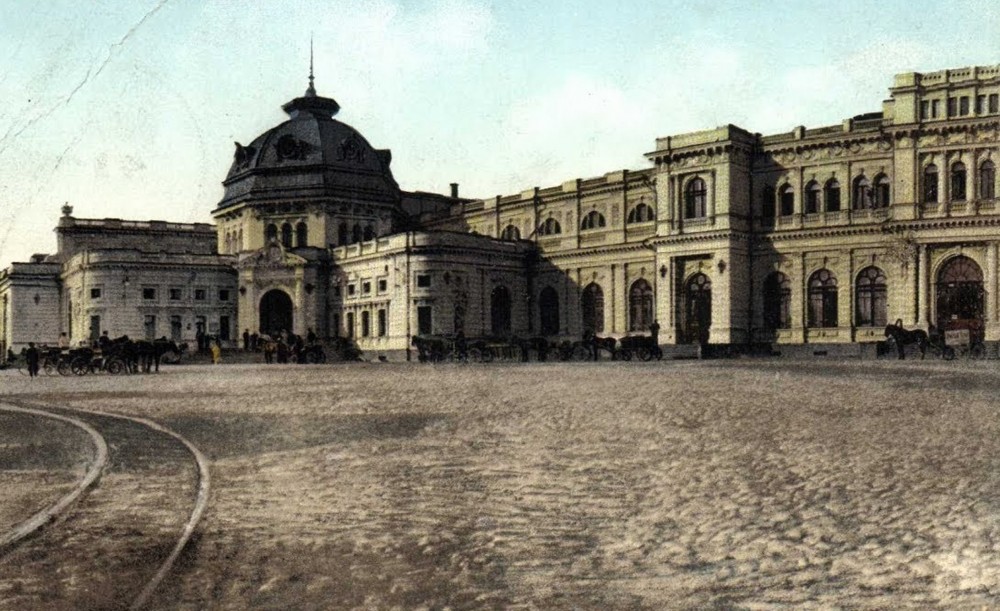
The article is devoted to the relations among structural parts of Kharkiv in the second half of XIX — the early XX century. The main attention is given to the study of center / peripheral dichotomy. The main methodological concepts, connected with centreperipheral relations are mentioned. The approaches of Burges, sectoral and multiple nuclear models are contradicted to the dual concept of Robert Park. Moreover, we studied the view on this problem of Ukrainian researchers, such as Taras Vozniak, Ludmyla Males and Elena Trubina. The sources of the paper are guides, reports of officials, memoirs, periodical issues and city plans. The author made attemp to localize the physical location of Kharkiv center between Sumska, Katerynoslavska and Universitetska streets. However, we can trace another ways of structuring Kharkiv: for example, radial division may be separate on the base of population density or sectoral, if we would use the official principle of police and fire sections. Later it is spoken about influence of capitalistic development of Kharkiv to the marking of city space. In this period the center was identified not only by the quarters of city government, but also by financial buildings, such as Merchant Bank. Such fact, in our opinion, may indicate an increasing influence of capitalistic elite of Kharkiv relatively to previous period. The next problem of article is the determination of the status of Kharkiv outskirts and their connection with the center. The rapid agglomeration process is observed on such territories as Moslkalivka, Zaikivka, Panasivka, Zhuravlivka and others. The aspect of eloquent contrast of accomplishment of center and periphery is emphasized. The infrastructure of periphery hardly may be called the urban one. The views of contemporaries to the structure of the city and their image of the center-peripheral dichotomy are highkighted. In cause of Kharkiv, this dichotomy had not only social, but also national meaning. Center was more russificated, while on periphery native Ukrainian culture was preserved, which generated a nostalgic ideas in the small group of Ukrainian intellectuals. In conclusion, we can mention two contradictory processes, which took place in the modern Kharkiv. In one hand, the city absorbed the suburbs, the spreading of transport system made the connection between center and periphery more comfortable. In the other, the suburbs did not match the standards of modern city, and in this reason they were not imagined as the true city.
Source: Bozhenko A. (2017) The modern city of the second half of XIX – early XX as unite of center and periphery (on example of Kharkiv). Sumy Historical and Archival Journal. № XXVIII: 64-69
Source web-site: https://shaj.sumdu.edu.ua/data/28_2017/8_Bozhenko.pdf
Number of views: 2456